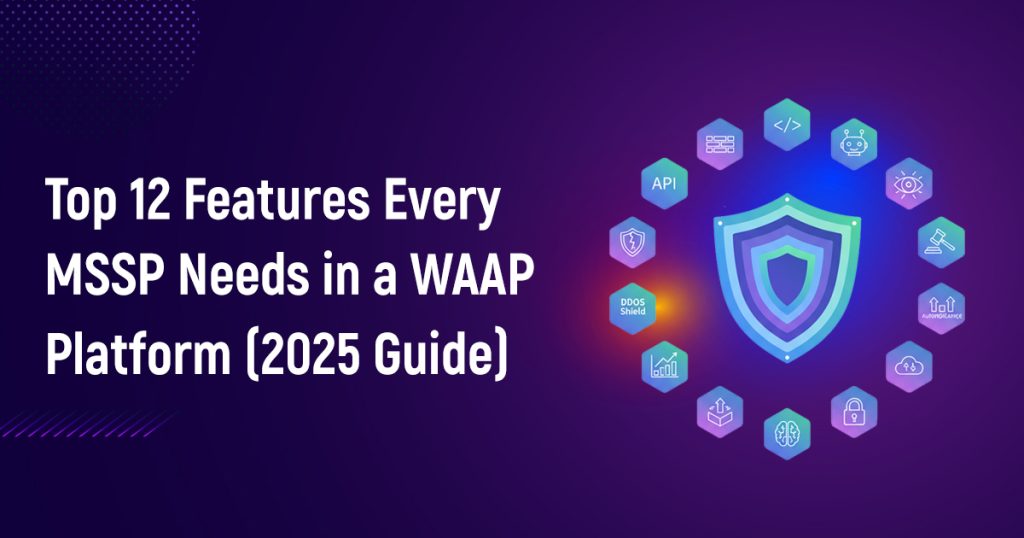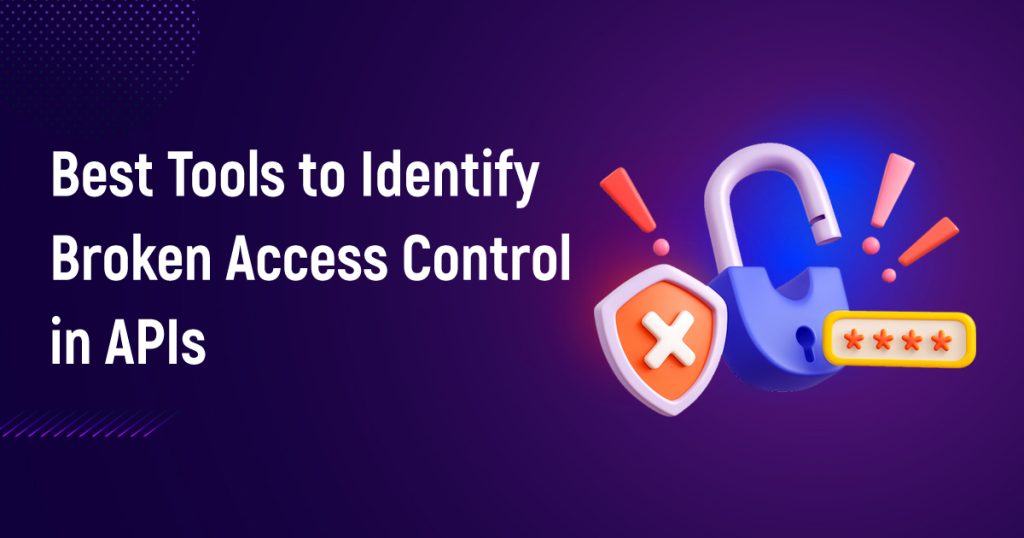What Is an API Call?
- 63.6k Views
- 14 min. read
Introduction to API Call
An API call is requested from one system to another system through API to recover or manipulate the data. It acts as a message sent from a client to the server, instructing it to perform a specific operation.
For example, when a user examines the weather on the mobile app, the app sends API calls to the weather service server. The server processes the request and gives the relevant weather data, which the app then displays. API calls operate through various communication protocols, of which HTTP (Hypertext Transfer Protocol) is the most common. Other protocols include WebSockets for real-time communication.
The most widely used API architectures are REST (Representative State Transfer), SOAP (Simple Object Access Protocol), and GraphQL, each with unique characteristics and cases of use.
How Does an API Call Work?
An API call follows a structured workflow that ensures that the data exchange is safe and efficient. An API call is a request initiated through a client to a server over the HTTP protocol. This request and the corresponding response contain a couple of elements, each of which plays a crucial role in ensuring efficient communication.
This process can be broken down into four major stages:
-
Request initiation: The client, which may be a web browser, mobile application, or any other server, begins the request for the API closing point. This request usually serves HTTP methods such as GET, POST, PUT, PATCH, or DELETE, each with a different purpose.
-
Processed the request: Once the server requests the request, it processes it according to the predetermined argument. This involves checking certification credentials, validating request parameters, and ensuring requests have permission settings.
-
Getting or executing data: Depending on the request, the server either retrieves the required data from the database or executes an action, such as updating records or triggering an event.
-
Response distribution: After processing, the server sends back the response to the client. The response is usually structured in formats such as JSON (JavaScript object notation) or XML (Extensible Markup Language) and contains an HTTP status code that indicates the result of the request. A status code of 200 (OK) reflects a successful request and was processed by the system, while a 404 (not found) indicates that the requested resource is unavailable.
Types of API Calls
API calls can be classified based on their function within a system. There are HTTP methods at the core of API calls, which define the type of action. The five most commonly used API calls are GET, POST, PUT, PATCH, and DELETE, each serving a specific purpose in CRUD (create, read, update, delete) operations.
-
GET: Used to recover data from a server. A GET retrieves information from the server without modifying any data. It is idempotent, which means that many similar requests get the same response without side effects. We usually use this type of API call when we want to retrieve details about a specific item or access information available publicly, etc.
-
POST: Sends new data to the server. This is usually used during the forming form or creating new user accounts. A POST API call refers to an HTTP request that uses the "post" method to send data to the server. This method is mainly used to submit structured data in the request body to create or modify resources on the server. Unlike the GET method, which retrieves data, the post method is used for operations resulting in changes on the server.
-
PUT: Updates the existing data on the server, such as modifying the user profile details. P UT API Call is an HTTP request method used to update or completely replace an existing resource on the server. When a PUT is requested, the entire updated representation of that resource is sent to the request, ensuring that all fields are updated or replaced as required.
-
DELETE: The DELETE API call removes specific user data from servers, permanently deleting records. It uses the HTTP "DELETE" method to eliminate a resource, making it inaccessible. DELETE requests should be idempotent—repeating them should yield the same result, typically returning a 204 (No Content) if successful or a 404 (Not Found) if the resource is already removed.
-
PATCH: The PATCH API call is used for partial updates, modifying specific fields without altering the entire resource. Unlike PUT, which replaces the resource, PATCH updates only the specified data, making it efficient and flexible. For example, to update a user's email without changing other details, PATCH is the ideal method.
Importance of API Security
API call security is necessary considering sensitive data as it runs between applications. Since APIs are the backbone of modern digital services, they facilitate communication between different platforms, handling important information such as personal details, financial transactions, and proprietary trade data. Without proper safety measures, APIs can become entry points for cyber attacks, causing unauthorized access, data violations, and malicious attacks.
As APIs play an important role in powering web and mobile applications, businesses should prefer security to maintain user trust, follow data security rules, and prevent potential financial and reputational damage. A well-secured API infrastructure ensures smooth functionality by protecting sensitive information from cyber threats.
Various security mechanisms help protect API interactions:
1. API Keys
API keys identify projects making API calls and verifying application identity and access. While less secure than authentication tokens, they help monitor and control API usage. Restricting keys to specific environments like IP ranges or mobile apps reduces unauthorized access. They also enable the Extensible service proxy (ESP) to block unauthorized requests. Though not a substitute for strong authentication, API keys are vital for managing and regulating API access.
When to Use API Keys
-
Block anonymous traffic by identifying application requests
-
Control the number of API calls
-
Track and analyze API usage patterns
-
Filter logs based on API key
2. OAuth token
Safe authentication using access tokens and refresh tokens. The request header in a secure API call using the OAuth token includes a valid OAuth access token, which enables the API server to verify the user authority. This method ensures safe authentication without highlighting user credentials.
When To Use OAuth Tokens
-
User authentication: when user identification is confirmed without exposing credentials.
-
Granular permissions: When different applications require specific access levels.
-
Third-party integration: When allowing external apps to safely access user data.
-
Single sign-on (SSO): When users are enabled to log in to several services with one account.
-
Token-based access: When API requires safe, temporary, and canceled access.
-
Mobile and Web Applications: While securing API requests in multi-platform environments.
3. HMAC (hash-based message authentication code)
The message ensures integrity using a cryptographic signature. HMAC is a cryptographic mechanism that uses a secret key and a hash algorithm to generate a safe signature, then associated with API requests. This ensures that the request is not tampered with and that it originates from a reliable source.
When to Use HMAC
-
Ensuring data integrity: Preventing tampering or modification of API requests during transmission.
-
Authenticating API requests: When verification of API calls arises from a reliable source using a shared secret key.
-
Preventing replay attacks: While securing APIs by incorporating timestamp or unique request identifiers. Secure financial transactions: while handling sensitive financial operations like payment and fund transfer.
-
IOT and Embedded System: When protecting communication between IOT devices and servers.
4. Encryption
The SSL/TLS protocol uses protocols to secure data during transmission. Encryption is a fundamental safety measure for API calls, ensuring that sensitive data transmitted between customers and servers is confidential and protected by interception. It works by converting plaintext data into an unreadable format, which can only be decrypted by authorized parties with the right key. TLS (Transport Layer Security) is the most common encryption protocol used to secure API communication, which prevents eavesdropping and man-in-the-middle attacks.
When to use Encryption
-
Protection of sensitive data: While transmitting personal, financial, or confidential business information.
-
Preventing man-in-the-middle attacks: When API is called from interception and unauthorized access.
-
Using HTTPS: When encrypting API traffic over the Internet to prevent data leaks.
-
Compliance with Safety Rules: When to meet industry standards like GDPR, HIPAA, or PCI-DSS.
-
Secure authentication tokens: When transmitting Oauth tokens, API keys, or user credentials.
-
Cloud and Mobile Application: While ensuring safe data transmission between equipment and cloud-based APIs.
5. Rate limit and throttling
Rate limiting implements a strict request cap, while throttling is what regulates request speed to avoid overwhelming the system. Both techniques are necessary to maintain a safe and efficient API infrastructure.
When to use Rate limit and throttling
-
Preventing the abuse of API: While protecting against excessive requests from bots.
-
Mitigating DDOS attacks: Reduce the risk of denial-of-service attacks by limiting the request rates.
-
Serving protection of server performance: Preventing server overload by controlling traffic spikes.
-
Improving user experience: Maintaining consistent response time by controlling the request flow.
6. Access Control Mechanism
Ensures that only authorized users and systems can access sensitive API Points. The access control mechanism ensures that only authorized users or apps can interact with an API, which can restrict access to sensitive data and functions based on defined permissions. General access control methods include role-based access control (RBAC), OAuth Scopes, and Access Control Lists (ACLS). These mechanisms help implement security policies, prevent unauthorized access, and protect sensitive resources.
When to use the access control mechanism
-
Restriction of API access: Only authorized users or specific closing points can reach points.
-
Define user roles and permissions: When applying RBAC to control access to user roles (eg, administrator, user, guest).
-
Applying the least privilege theory: When limiting API access to the necessary functions and data to API.
-
Protecting multi-tenant applications: When preventing a user or organization from accessing another one’s data.
What are Security Threats to API Calls
API calls are exposed to the internet; they are liable to cyber threats. APIs are often exposed to the Internet; they are unsafe for a series of cyber hazards. The attackers often target APIs to take advantage of weaknesses, compromise data, and disrupt services. We will examine the most common security threats to API calls and provide insights into their possible impact.
1. Injection attacks
Injection attacks occur when an attacker inserts malicious data in API requests to manipulate the server to execute an unexpected command. These attacks often target input fields, request bodies, or URL parameters.
-
SQL Injection: Attackers put malicious SQL queries in API parameters to access, modify, or remove database records.
-
Command Injection: Attackers exploit APIs & points arbitrarily perform the system command that users improperly handle inputs.
-
Code Injection: Attackers inject malicious scripts or executable codes in API requests, leading to server compromise.
2. DDoS (Distributed Denial-of-Service) Attacks
DDOS attacks overwhelmed the API with a large number of requests, eliminating server resources and making the APIs unavailable to legitimate users.
-
Volumetric Attacks: The attackers flood API with huge amounts of traffic, saturated bandwidth, and processing power.
-
Resource Exhaustion: Attackers send complex or computationally expensive requests to reduce the CPU, memory, and database resources.
-
Botnet Attack: A network of compromised equipment sends requests simultaneously to API services. These bots are usually infected through malware, and once under the control of the attacker, they can be used to carry out massive attacks such as distributed denial of service (DDOS), data theft, and spamming.
Example A botnet of thousands of infected devices continuously sends a login request to an API, causing a system crash due to excessive authentication processing.
3. Authentication Bypass
The authentication bypass attacks exploit weaknesses in the API authentication mechanisms, allowing unauthorized users to achieve access to sensitive data or to restrict operations.
-
Broken Authentication: APIs that fail to implement strong certification checks allow the attackers to apply legitimate users.
-
Token Theft: Attackers steal API tokens through fishing, session kidnapping, or unprotected token storage.
-
Default Credentials: Some APIs are weakened or ship with default credentials that exploit the attackers.
Example An attacker exploits an API that does not validate the session tokens properly, allowing them to certify them as an administrator without valid credentials.
4. Data Exposure
The APIs that fail to implement proper access control or transmit data unprotected can compromise sensitive information such as data exposure, passwords, financial statements and individually identifying information (PII).
-
Insecure Endpoints: APIs that highlight sensitive data without authentication can be accessed by unauthorized users.
-
Lack of Encryption: APIs that transmit data in plaintext (HTTP) allow attackers to prevent and read sensitive information.
-
Overly Verbose Reactions: An API that returns unnecessary data (e.g., full database records) increases the risk of exposure.
5. Parameter Tampering
Parameter tampering involves modifying API request parameters to bypass security checks, elevating privileges, or manipulating professional business logic to perform unauthorized tasks.
-
Modifying Query Parameters: The requests to get access to sensitive and unauthorized data.
-
Manipulating in Hidden Fields: The hidden fields in API requests can be replaced to change prices, make exemptions or discounts, or even change access levels.
-
Session Fixation: Attackers manipulate the session tokens in requests to hijack authenticated sessions.
Examples of the real world of API calls
API calls are omnipresent in modern applications and play an important role in various digital interactions APIs (application programming interfaces) provide strength to many modern digital experiences, which enable various applications to communicate basically. From social media to financial transactions, API calls provide efficient data exchange and automation.
For example, when a website allows users to log in with their Google or Facebook accounts, it makes an API call to certify the user. Similarly, the Twitter API is used to send a post request from posting a tweet from the third-party app.
-
Getting user information from a database in a mobile application.
-
Posting updates on social media platforms.
-
Checking the availability of flights on travel booking websites.
-
Pay payment using the third-party payment gateway in e-commerce stores.
-
Synchronizing data in cloud-based applications.
-
To automate IT procedures and workflows using DevOps APIs
Understanding API Calls in Modern Applications
API calls are fundamental to the modern software development era, enabling seamless communication among applications. While APIs improve efficiency, additionally they introduce safety risks that must be addressed via sturdy security features. Implementing cutting-edge best-tech solutions and leveraging API management solutions can help organizations make certain secure and dependable API interactions.
Future of API Security With Prophaze
With APIs playing a vital role in digital transformation, making sure of their security is more important than ever. Prophaze is committed to providing the latest cutting-edge API security solutions to help companies fight emerging cyber threats. Through an AI-pushed, Zero Trust-based, and blockchain-superior protection framework, Prophaze empowers corporations to build, deploy, and scale APIs optimistically while retaining sturdy security features.
By leveraging progressive security technologies, corporations can guard their programs and sensitive data, making sure of seamless and secure virtual interactions. As the demand for APIs grows, staying ahead of various challenging security situations will be important for retaining a resilient and trustworthy digital environment.
Next
Recent Blog Post
Layer 7 Attack Recovery Guide: Step by Step (2025)
September 23, 2025
Top 12 Features Every MSSP Needs in a WAAP Platform (2025 Guide)
September 10, 2025
Top 8 Cybersecurity Challenges Indian Enterprises Face in 2025
September 10, 2025
Best Tools to Identify Broken Access Control in APIs
August 25, 2025







